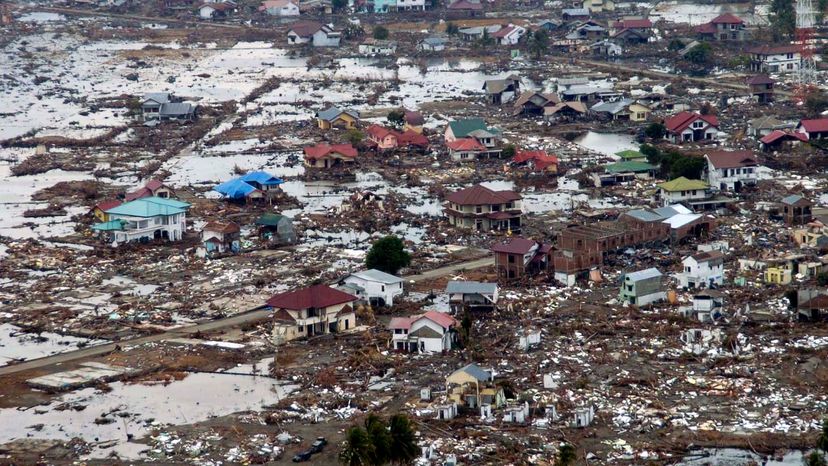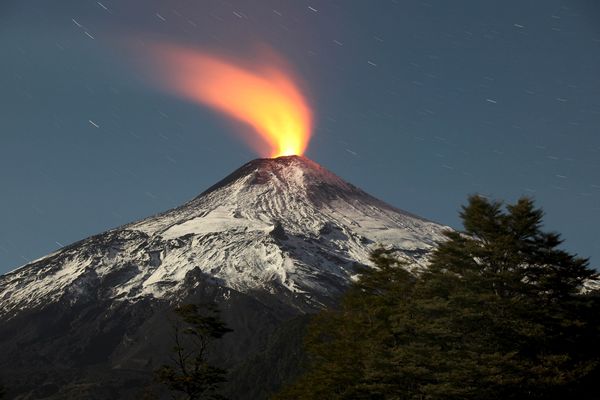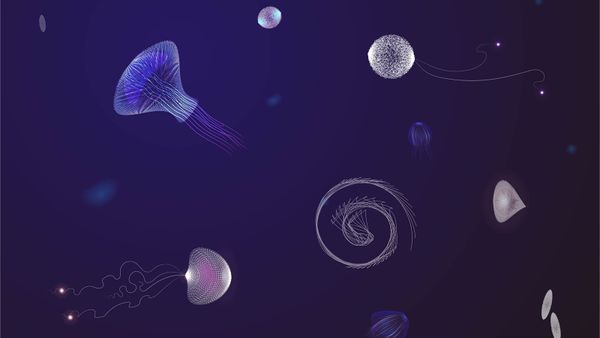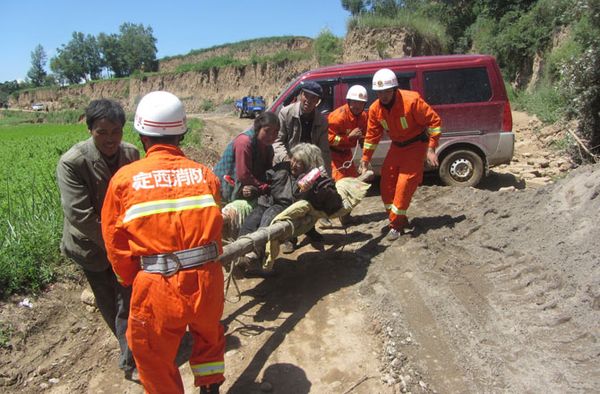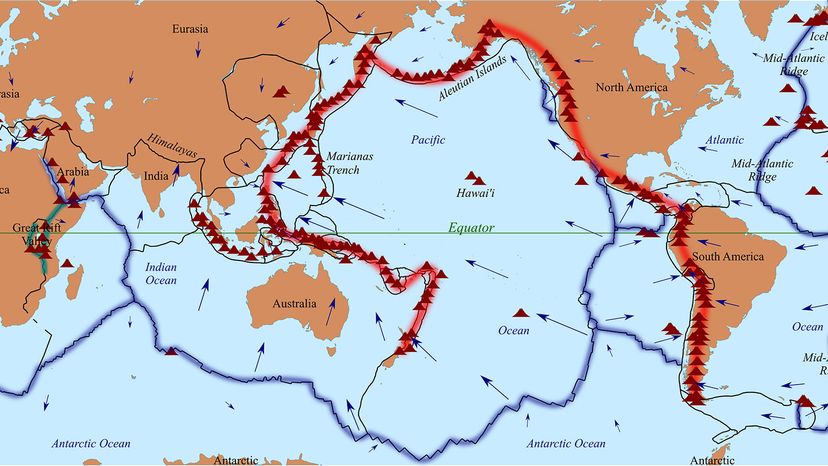
When the explorer Ferdinand Magellan visited Earth's biggest ocean in 1520, he found the waters pleasantly calm. And that's why — to this day — most people call it the Pacific Ocean, as "pacific" is a synonym for "peaceful."
Oh, the irony. Magellan didn't know it, but there's a vast loop of volcanoes, trenches and seismically active places running through and around the Pacific. This would be the (in)famous "Ring of Fire." About 24,900 miles (40,000 kilometers) long, it's where most of the world's earthquakes and volcanic events take place. Here's a seven-part crash course on the region as a whole. Spoiler alert: It's got nothing to do with that Johnny Cash love song. Unfortunately.
Advertisement
